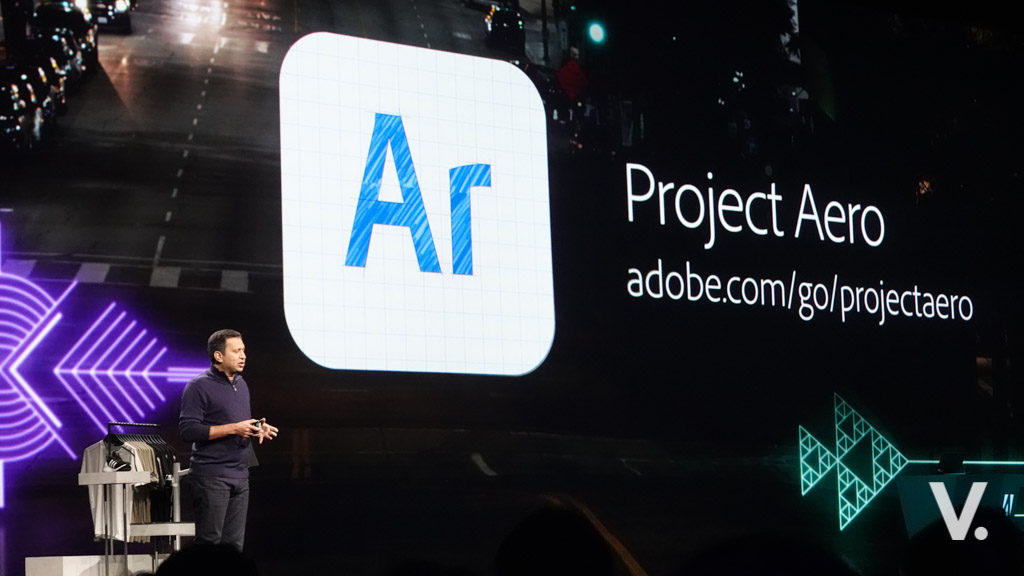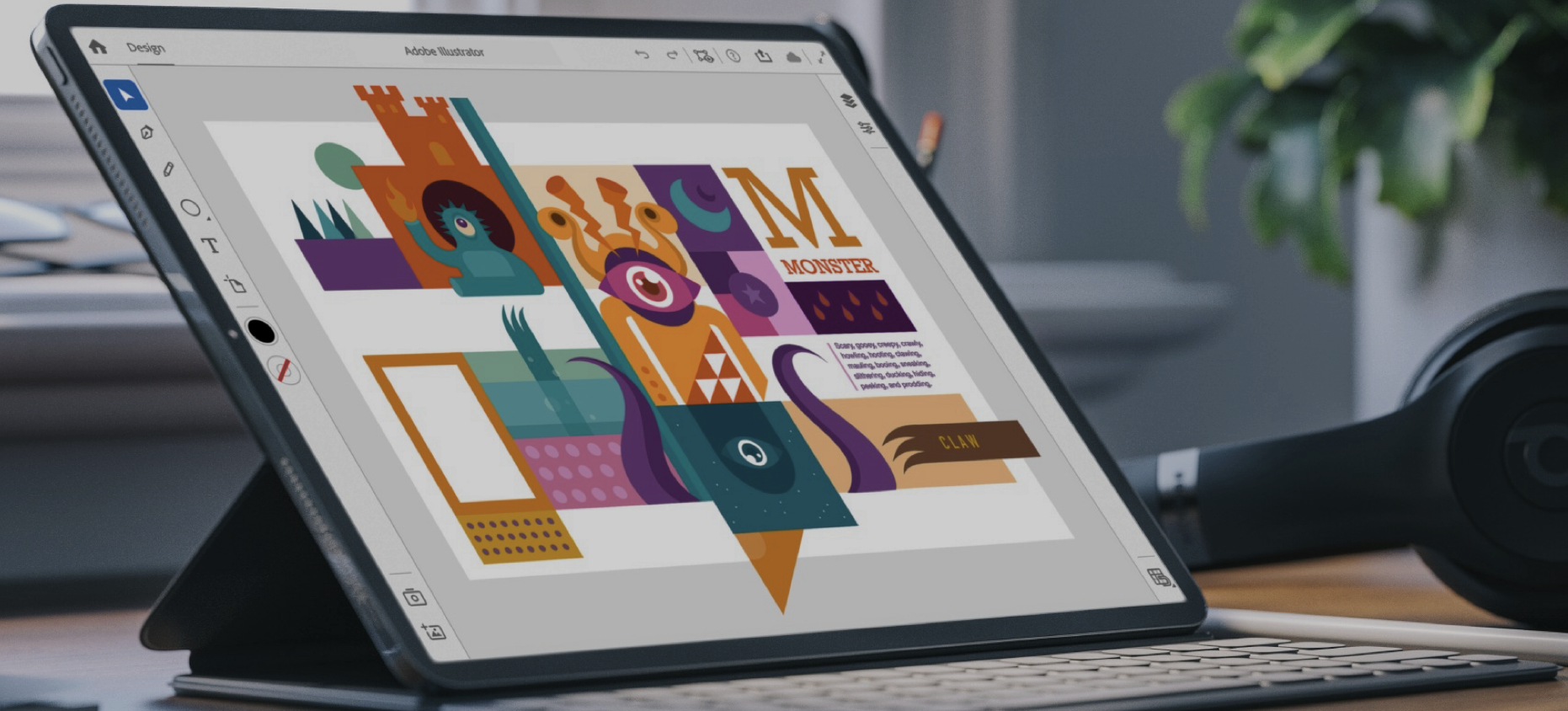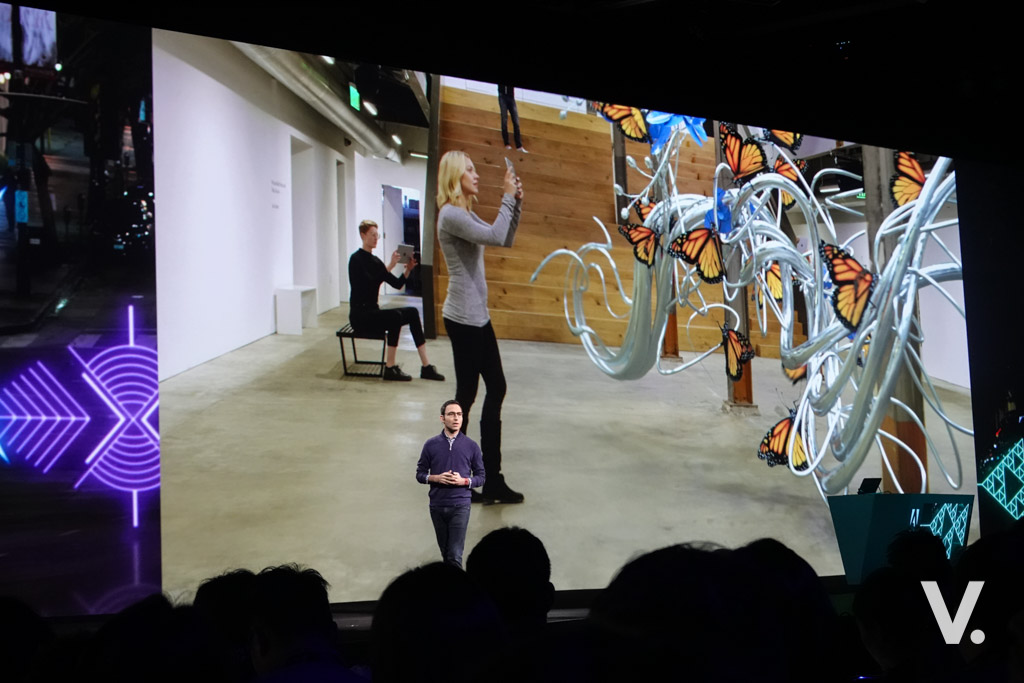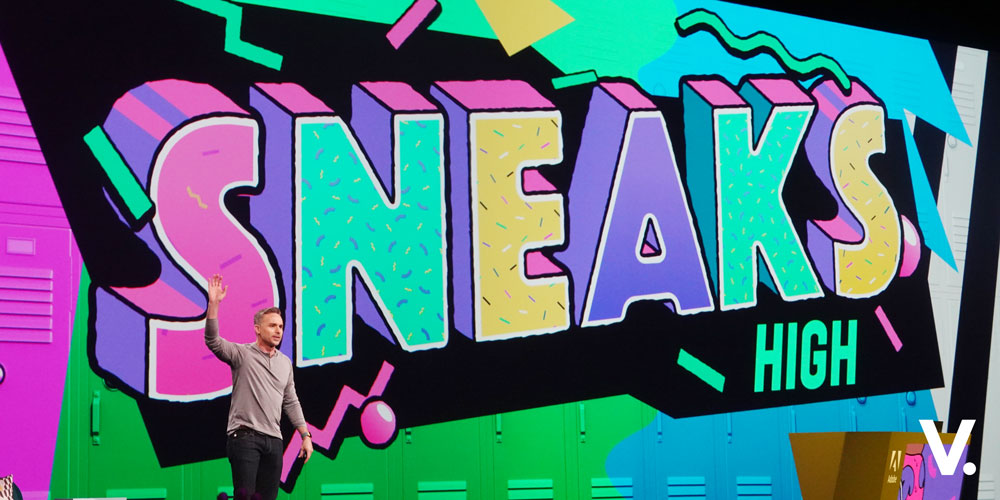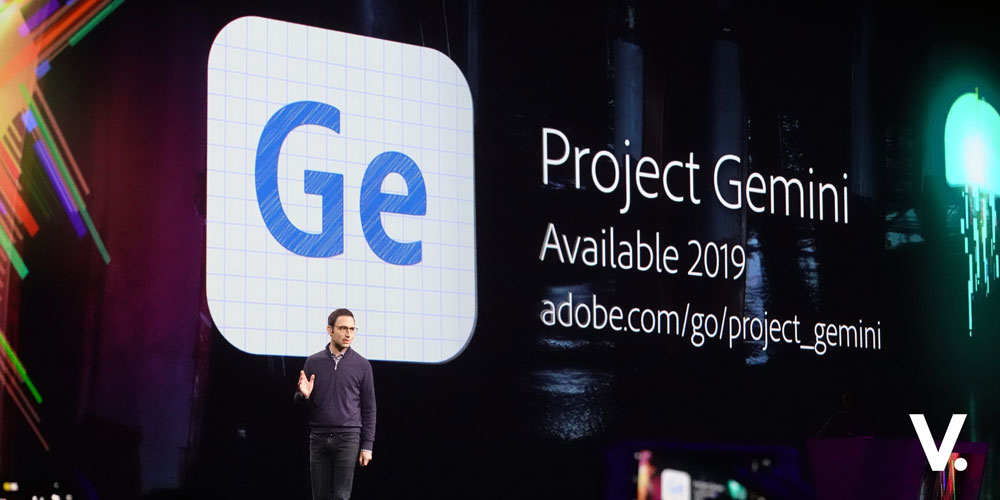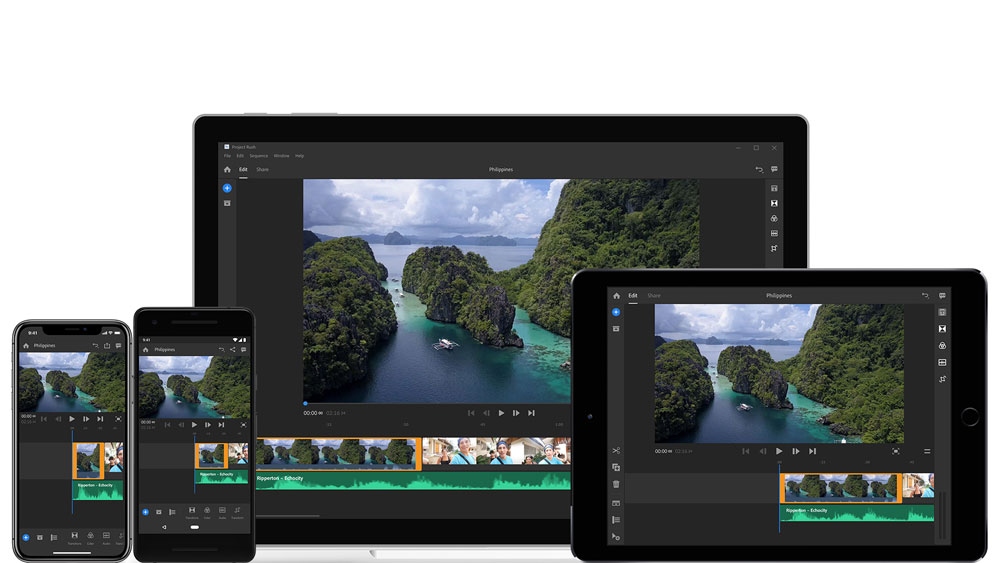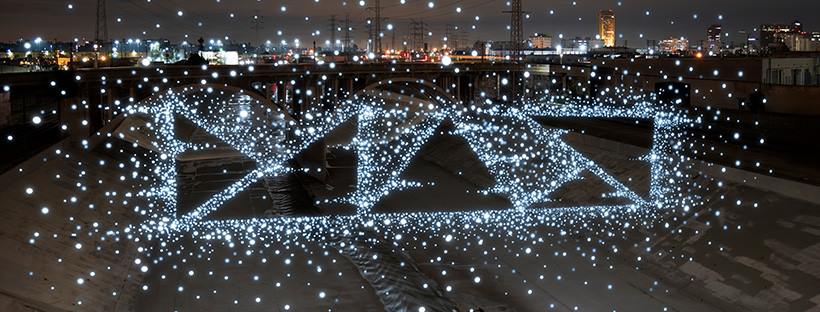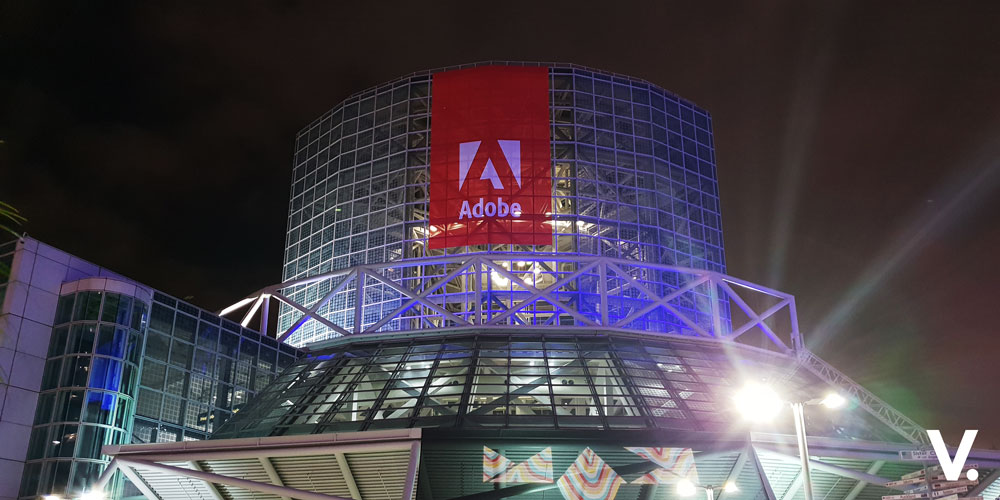We’re at the tip of the iceberg when it comes to augmented reality (AR). The nascent technology is poised to change how we express ourselves as well as how we experience the world around us. Already we’re seeing some intriguing and mind-blowing AR experiences and the great news is, it’s only getting started.
Adobe is betting big on AR and believes it has potential to be a true game changer. There’s already over a billion AR-enabled devices in the world today, and this can only grow further.
Being a new platform, it requires entirely new developer tools, programming languages and runtimes. Naturally, for any new technology to go mainstream, two things need to happen: an ecosystem of developers, creators and tools, as well as users and use cases.
For the creative community, tools to author AR has been mostly out of reach and can be expensive. Adobe plans to change that.
 Welcoming the new wave of storytelling
Welcoming the new wave of storytelling
Enter, Project Aero.
At the annual MAX creativity conference in Los Angeles, Adobe previewed Project Aero, an integrated platform for AR. The ambitious project empowers creatives to easily craft high-quality AR experiences. Adobe says it’s the first step in the AR journey, but it has clear uilding blocks to make it work.
The advantage Adobe has is its rich suite of applications – from flagship creative tools like Adobe Photoshop CC to new creative weapons like Dimension CC and Character Animator CC.
Aero will allow creators to build animation and author AR experiences without having to learn a single line of code. Creators can author experiences with simple drag-and-drop design metaphors for the physical world.
AR may be a new medium, but the same principles of good design and good storytelling applies.
Adobe also has a set of intelligent, cloud-based AR services to take content from all of its creative tools and publish it to the real world.
 Sensei magic
Sensei magic
This seemingly easy, at-a-push-of-the-button magic, if you will, is only possible with Adobe Sensei. Sensei as you know, is Adobe’s artificial intelligence and machine learning framework, that plays a crucial role in Adobe’s overall strategy. Read more about Sensei here.
Aero, powered by Sensei, can deeply understand the physical world with concepts such as lighting, textures, motion and spatial awareness.
It understands the best way to light your scene so it blends seamlessly in the real world and adds realism to AR objects. What’s important as well is that the AR experience is optimised, so the experience loads instantly no matter what device you’re using.
Adobe recognises that to unlock the potential of AR, it’s critical to have an integrated approach to tools, cloud services and a broader ecosystem. One way to achieve this is to work with platform, technology and design leaders so there’s a tight feedback loop from the community.
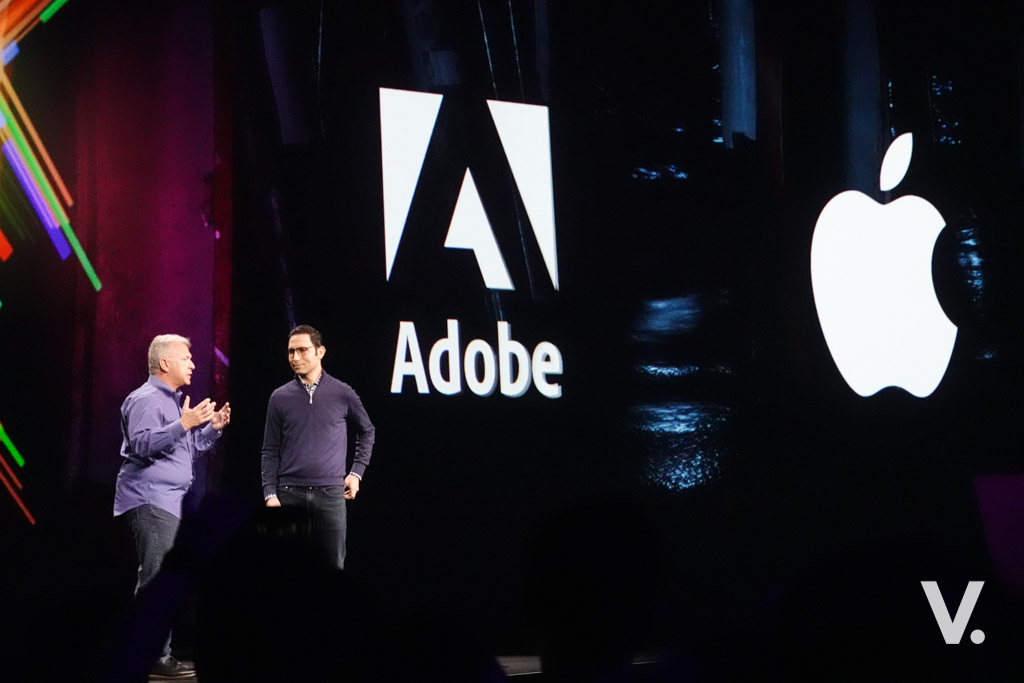 As announced in June at Apple’s WWDC, Adobe is partnering Apple and Pixar to standardise file formats and interaction models to deliver a seamless AR experience. Adobe is adding usdz support to Adobe Creative Cloud apps and services. Incidentally, Apple has the biggest AR platform in the world by virtue of the hundreds of millions of users on AR-enabled iOS devices.
As announced in June at Apple’s WWDC, Adobe is partnering Apple and Pixar to standardise file formats and interaction models to deliver a seamless AR experience. Adobe is adding usdz support to Adobe Creative Cloud apps and services. Incidentally, Apple has the biggest AR platform in the world by virtue of the hundreds of millions of users on AR-enabled iOS devices.
With the coming together of Creative Cloud, Apple’s ARKit and the usdz and gITF file formats , Project Aero is poised for a bright future.
“This is an aspirational journey that we’re embarking on, and Project Aero is the first milestone in our mission to democratize the creation of immersive experiences. With the roll-out of today’s private beta build, we are excited to partner with the creative community on this transformative medium to make this vision a reality, where digital experiences take us beyond the screen and blend into the fabric of everyday life,” said Abhay Parasnis, executive vice president and chief technology officer of Adobe in his blogpost.
What’s clear is this: storytelling is no longer confined to paper, phones, tablets, notebook PCs and TV screens. The next wave of creativity and storytelling is the world around us.
Aero is currently in development with a private beta. You can sign up for early access.
Stay updated with MAX
Adobe MAX 2018 conference happens at Los Angeles Convention Center from 15-17 October 2018.
Follow me for updates: vernonchan.com/new/creative/adobemax, and also on Twitter, Twitter 2,Facebook and Instagram using hashtags #AdobeMAX
Also follow Adobe MAX and Adobe Southeast Asia on Facebook; and Adobe MAX on Twitter. Visit the official Adobe MAX website.
Disclaimer: I’m an invited guest at Adobe MAX. Conference tickets, travel and accommodation are sponsored by Adobe. My opinions are my own.
Source: Adobe


